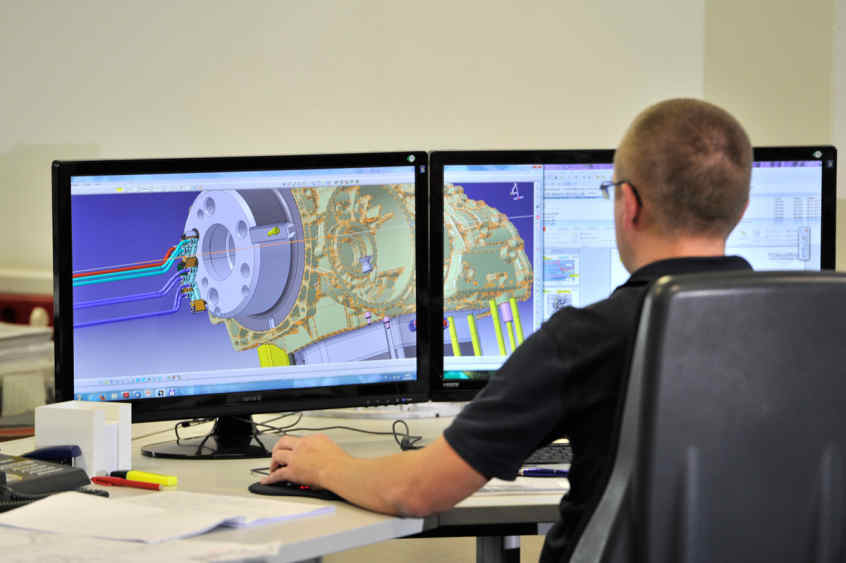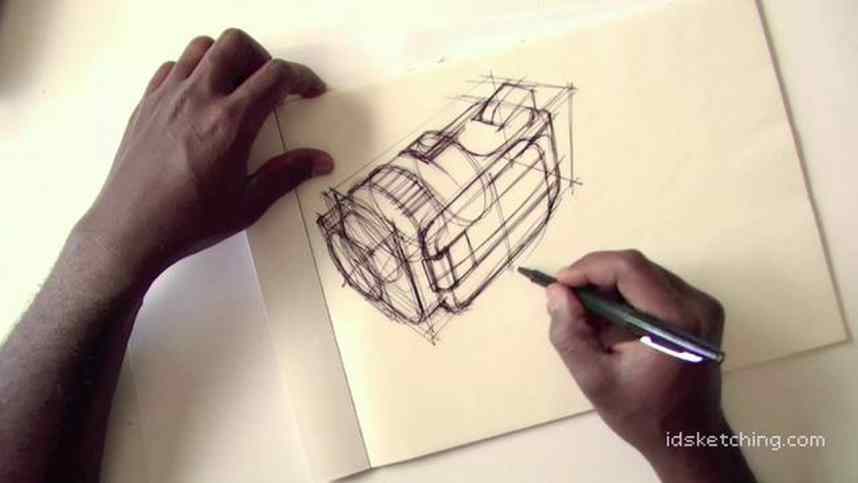systematic design procedure for injection molded parts
systematic procedure design for plastic molding

The road taken by the creative thinker in developing new injection molded parts is long, expensive, and difficult, beset with many detours and byways. A systematic procedure for the development of a product will reduce the time and effort of the engineer, who promotes the development from its early stages to completion. He sees it through design; selection of materials; setting up of operations and processes; selection of equipment; design of tools; formulation of specifications, operation sheets, and sales data; use of standards; adoption of ideas; obtaining of patents; and many other functions. All of these items are governed by economic or cost requirements and are developed by a systematic procedure.
The systematic procedure that will give results through creative thinking begins with the establishment of the problem area. Being able to accurately and completely define the problem area is a long step toward problem solution. Certainly solution cannot begin until the problem is presented. In order to be able to state the problem, the engineer must have acute powers of observation and be able to associate ideas and facts in new relationships. He should utilize the questioning approach and have no misgivings as to change. He should not feel at all reluctant to "not conform" or be considered "illogical." He should have no fears of being ridiculed, but should have personal confidence and acceptance of his own inherent creative ability.
 After the problem area has been established, the next step is the collecting of pertinent facts and ideas. This usually starts with a survey of the trade literature to determine what already has been done. The local library usually can provide much helpful information through the use of current periodicals and reference text materials. An important source of facts and ideas is the United States Patent Office. Here, issued patents * may be purchased at a nominal cost in the general field of the established problem area. The issued patents will present vividly the thinking and developments that have taken place to date in the problem area.
After the problem area has been established, the next step is the collecting of pertinent facts and ideas. This usually starts with a survey of the trade literature to determine what already has been done. The local library usually can provide much helpful information through the use of current periodicals and reference text materials. An important source of facts and ideas is the United States Patent Office. Here, issued patents * may be purchased at a nominal cost in the general field of the established problem area. The issued patents will present vividly the thinking and developments that have taken place to date in the problem area.Once the pertinent facts have been established, then ideas need to be crystallized. Existing relationships in the problem area will need to be considered as well as the development of new relationships. An idea is of value only when used and accepted by associates, management, and the public. The person whose idea is accepted —not necessarily the person who had the idea first—deserves the credit. Merit alone does not pro mote an idea.
Although an incubation period is necessary, a creative idea should be crystallized as soon as possible. This is accomplished by recording the idea in sketches, drawings, and written descriptions. After the thought is fairly well crystallized, discussion with friends and associates in order to obtain their reactions helps to assure that the idea is practical. Models and tests soon prove whether the idea is valuable, and also provide patent protection. By guiding the young engineer in crystallizing his idea, industry will save time and money, and may profit greatly from the sales of the new plastic product manufacturing.
Comments
Post a Comment